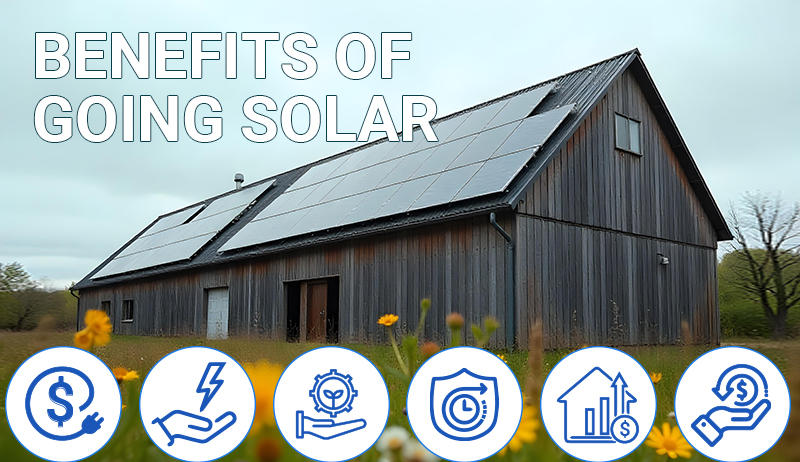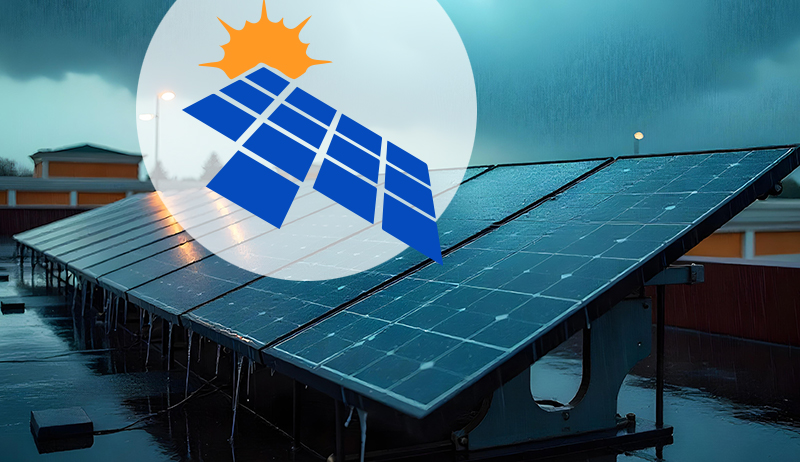Definition of Smart Grid
A smart grid refers to an advanced electricity distribution network that integrates various technologies, such as sensors, communication systems, and automation, to enhance the efficiency, reliability, and sustainability of power generation, transmission, distribution, and consumption.
It enables real-time monitoring, control, and optimization of energy flow, allowing for better management of electricity supply and demand, integration of renewable energy sources, and improved response to disruptions or outages.
Type of Smart Grid
Smart grids can be categorized into different types based on their functionalities and features.
Some common types of smart grids include:
1. Distribution Automation Grids: These focus on improving the reliability and efficiency of electricity distribution by using sensors and automated systems to detect and respond to outages or faults in real time.
2. Demand Response Grids: These grids enable consumers to actively participate in managing their electricity consumption. They provide incentives for users to reduce or shift their energy usage during peak demand periods.
3. Renewable Integration Grids: These grids are designed to accommodate and manage the integration of renewable energy sources, such as solar and wind, into the electricity network. They optimize the utilization of these intermittent energy sources.
4. Microgrid Systems: Microgrids are localized energy systems that can operate independently or in conjunction with the main grid. They are often used to provide power to specific areas, like campuses or communities, and can enhance reliability and resiliency.
5. Advanced Metering Infrastructure (AMI) Grids: These grids involve the deployment of smart meters that allow for two-way communication between consumers and utilities. This enables real-time monitoring of energy usage and provides consumers with more accurate information about their consumption patterns.
6. Transmission Enhancement Grids: These grids focus on improving the efficiency and capacity of electricity transmission systems. They involve technologies like High Voltage Direct Current (HVDC) lines and advanced control systems.
7. Electric Vehicle (EV) Charging Grids: With the rise of electric vehicles, these grids ensure efficient and widespread charging infrastructure by integrating EV charging stations with the broader grid network.
8. Cyber-Secure Grids: These grids emphasize robust cybersecurity measures to protect against potential cyber threats and ensure the integrity and reliability of the entire smart grid system.
9. Grids for Energy Storage: These grids integrate energy storage solutions, such as batteries, to store excess energy during low demand periods and release it during peak demand times.
These types of smart grids can overlap and work together to create a comprehensive and efficient electricity distribution network that meets the needs of modern energy consumption and production.
Fact of Smart Grid
One interesting fact about smart grids is that they offer significant potential for energy savings and reduced carbon emissions.
According to the United States Department of Energy, implementing a smart grid could potentially reduce electricity consumption by up to 4% and carbon emissions by up to 5%, leading to a more sustainable energy future.
This reduction is achieved through better management of energy distribution, optimization of power generation, and increased integration of renewable energy sources, among other technological advancements.
Benefit from Smart Grid
Smart grids offer a range of benefits that contribute to a more efficient, reliable, and sustainable electricity distribution network.
Some key benefits of Smart Grid are include:
1. Improved Energy Efficiency: Smart grids enable real-time monitoring of energy consumption and distribution, allowing utilities to identify and reduce energy losses, optimize load management, and enhance overall efficiency.
2. Enhanced Reliability: With advanced sensors and automation, smart grids can quickly detect faults, outages, or disruptions, enabling faster response times and minimizing downtime.
3. Integration of Renewable Energy: Smart grids facilitate the seamless integration of renewable energy sources, such as solar and wind, into the grid. This helps to reduce reliance on fossil fuels and lower carbon emissions.
4. Demand Response and Peak Load Management: Consumers can actively participate in managing their energy usage by responding to signals that indicate peak demand periods. This reduces strain on the grid during high-demand times and can potentially lower energy costs for consumers.
5. Grid Flexibility: Smart grids provide the flexibility to adapt to changes in energy supply and demand, including fluctuations caused by renewable energy generation and electric vehicle charging.
6. Cost Savings: By optimizing energy distribution and reducing losses, smart grids can lead to cost savings for utilities and consumers alike.
7. Accurate Billing: Smart meters and real-time data collection ensure accurate billing based on actual consumption, eliminating estimation errors.
8. Enhanced Grid Security: Smart grids can implement advanced cybersecurity measures to protect against cyber threats and ensure the integrity of the grid infrastructure.
9. Reduced Environmental Impact:Through increased use of renewable energy and more efficient energy distribution, smart grids contribute to reduced greenhouse gas emissions and environmental impact.
10. Support for Electric Vehicles:Smart grids accommodate the growing demand for electric vehicle charging by providing infrastructure and load management solutions.
11. Microgrid Resilience: In the event of grid outages, microgrids can continue to provide power to specific areas, enhancing resilience and reliability.
12. Real-time Data Insights: The data collected by smart grids can provide valuable insights for utilities to better understand energy consumption patterns, plan infrastructure upgrades, and make informed decisions.
Overall, smart grids play a crucial role in modernizing the electricity distribution system and addressing the challenges of increasing energy demand, environmental concerns, and the integration of new technologies.
https://www.exaputra.com/2023/08/smart-grid-definition-type-and-fact.html
Renewable Energy
Doing What’s “Right” Is More Controversial than it Seems
 Some of us are looking for a single, simple statement to encapsulate what is going so wrong in America today, and perhaps it relates to what Aristotle says at left here.
Some of us are looking for a single, simple statement to encapsulate what is going so wrong in America today, and perhaps it relates to what Aristotle says at left here.
Even the MAGA folks think that what they’re doing is “right.” By this I mean white supremacy, mass deportation of immigrants (with or without due process), the rejection of science, and so forth.
Renewable Energy
Trump’s Agenda Is Even Far-Reaching Than People May Think
 As Trump’s former lawyer Ty Cobb says at left, in addition to turning the United Stated into an autocratic regime, at the same time, Trump needs to alter history such that future generations don’t think he did anything wrong.
As Trump’s former lawyer Ty Cobb says at left, in addition to turning the United Stated into an autocratic regime, at the same time, Trump needs to alter history such that future generations don’t think he did anything wrong.
Yes, he has his hands full, but he’s assisted by hundreds of traitors in congress, and hundreds of millions of hateful morons in the U.S. electorate.
Renewable Energy
Victoria’s VEU Scheme Introduces New Solar Incentives for C&I Properties
-
Climate Change2 years ago
Spanish-language misinformation on renewable energy spreads online, report shows
-
Climate Change Videos2 years ago
The toxic gas flares fuelling Nigeria’s climate change – BBC News
-
Climate Change2 months ago
Guest post: Why China is still building new coal – and when it might stop
-

 Greenhouse Gases1 year ago
Greenhouse Gases1 year ago嘉宾来稿:满足中国增长的用电需求 光伏加储能“比新建煤电更实惠”
-

 Climate Change1 year ago
Climate Change1 year ago嘉宾来稿:满足中国增长的用电需求 光伏加储能“比新建煤电更实惠”
-
Greenhouse Gases2 months ago
Guest post: Why China is still building new coal – and when it might stop
-

 Carbon Footprint1 year ago
Carbon Footprint1 year agoUS SEC’s Climate Disclosure Rules Spur Renewed Interest in Carbon Credits
-
Renewable Energy3 months ago
US Grid Strain, Possible Allete Sale
















